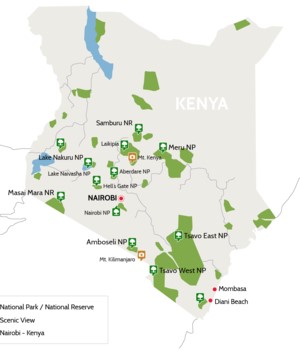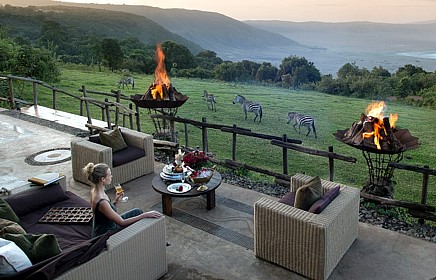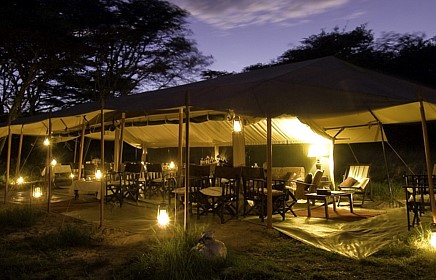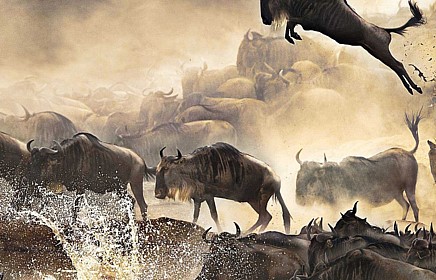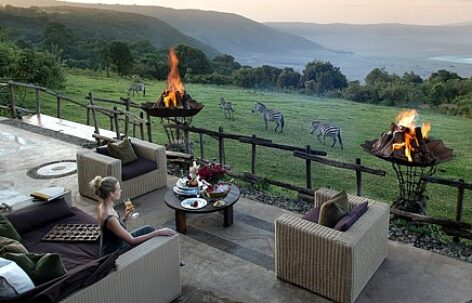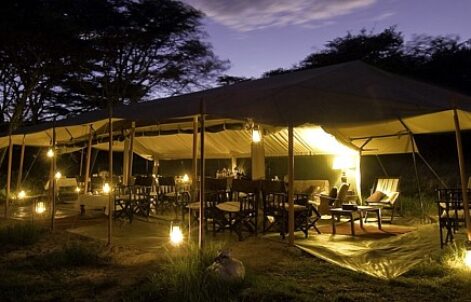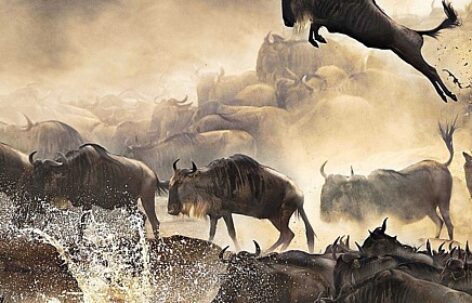TSAVO EAST NATIONAL PARK
Oldest and largest African safari parks in Kenya
Tsavo East National Park is one of the oldest and largest African safari parks in Kenya. It was established in 1948 and covers 11,747 km², although not all of the park is open to the public. Some areas are designated as “remote animal wilderness” for the Kenyan animals, but there is still a massive area for visitors to tour around and enjoy viewing the Kenyan wildlife. Key attractions include the Galana River and the Yatta plateau, as well as several pools and dams used as watering holes by both birds and animals.
Brief History
In 1898, long before Tsavo National Park was created, a pair of maneless male lions terrorized the area. They reputedly killed 135 railway workers who were building the Kenya-Uganda railway. These man-eating lions dragged men from their tents, despite the thorn fences (bomas) built to keep them out. The maneless lions evaded traps and ambushes and were finally shot by Lt. Col. John Henry Patterson. Tsavo East National Park is 333km south-east of Nairobi, and 173km north-west of Mombasa. Its relative closeness to the beaches and tourist attractions around Malindi and Mombasa make it an ideal one-day wildlife safari destination for those who do not want to stay overnight. Tsavo East National Park is a natural area of flat, dry plains, with thorny bushes and swampy marshland near the river. It is teeming with diverse Kenyan animals including large families of giraffes, gazelles, hartebeests and zebras, as well as the “Big Five” must-see animals – buffalo, African elephants, lions, rhinos and leopards.
Although it is a popular African safari wildlife park, it is very rare to see other traffic except under certain circumstances when viewing the wildlife. The guides communicate with each other by radio if they find something unusual, such as a pride of lions, and there may be a sudden convergence of vehicles to the site, but they soon disperse again. The best time to view the wildlife is early or late in the day, as the animals tend to sleep in the hot midday sun. The park is open from 6.30am to 6.30pm daily, and the wardens at the gate give visitors a few sensible rules: do not get out of your vehicle, except at designated spots; do not harass the animals in any way; keep to the tracks; no off-road driving; and remember that the animals always have the right of way. Suitable dress for a day’s wildlife safari to Tsavo East National Park should include loose, cotton clothing and a sunhat. Binoculars, cameras and sunglasses are essential. It is also a good idea to carry a bottle of water, frozen overnight, for you to sip during the day. As it melts, it makes a delicious drink to help you avoid dehydration in the heat. Don’t forget to enjoy the sights in real-life, not just through the lens of your camera or video recorder! There are rest areas with restrooms and water fountains. The safari viewing lodges also provide excellent buffet lunches while you enjoy watching the animals through the huge panoramic windows. There is also a camouflaged hideout where you can view the African elephants at the watering hole.
Tsavo East is generally flat with dry plains across which the Galana River flows. Feature attractions include the Yatta Plateau, Lugards Falls, Mudanda Rock and Aruba Dam. The water features in Tsavo offer an oasis-like appeal to the park and keep the wildlife present.
Game in Tsavo East includes the famous Big 5. Other sought after species are black rhino, hirola antelope, mongoose, giraffe, bat-eared fox, hyrax, Grevy’s zebra, ground pangolin, Sykes’s monkey, black-faced vervet monkey and dik dik, to name but a few. Over 500 species of bird have been recorded in the area, including ostrich, kestrel, starling, weaver bird, kingfisher, buzzard, hornbill, secretary bird and heron.
Tsavo lions are historically famous for not having manes (even the males), and as a result of this uncommonness, many lions have been hunted and killed in Tsavo. Kenya has banned hunting for many years now, but the closeness of Kenyan villages to its game reserves means that human-wildlife conflict has to be carefully managed.




